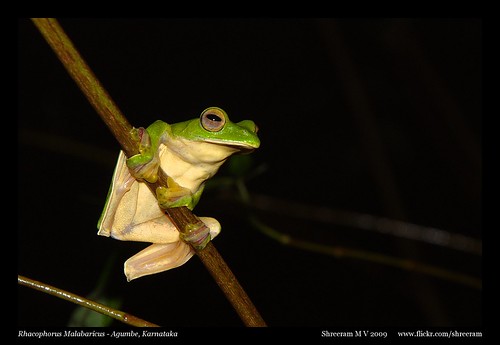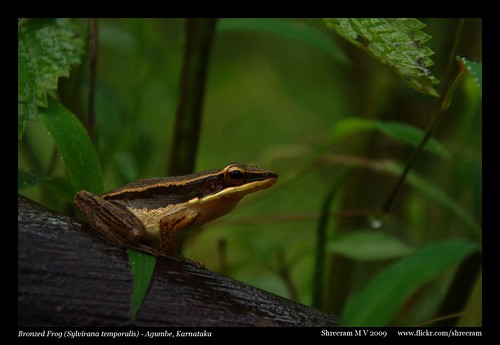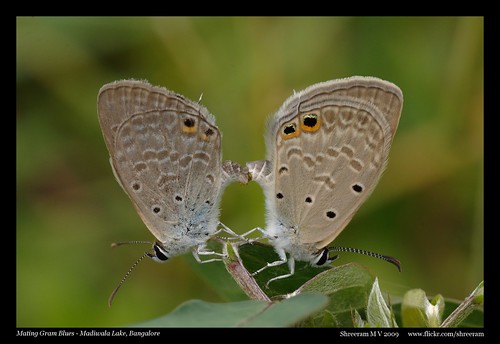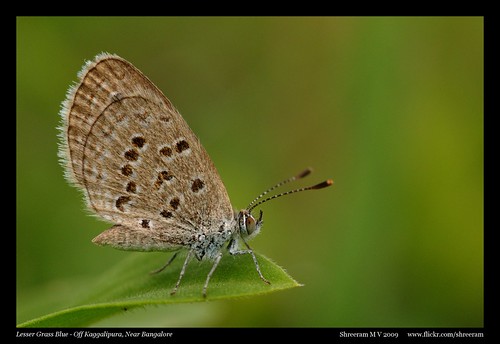Doddamakkali is a small camp run by Jungle Lodges and Resorts. The camp has 10 tents and the trademark Gol Ghar for dining.
Vineet and I set off on a 2-day trip to Doddamakkali in the last week of July. Enroute birding was minimal as we set off pretty late in the morning. The highlight was a bridge off Maddur where we saw House swifts in frenzied activity. Investigation under the bridge revealed nests! And it was the first time ever that I saw a House swift completely (usually its only a fleeting glimpse in flight).
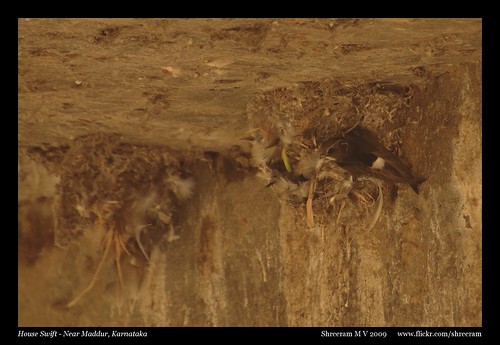
We were welcomed at JLR with puzzled faces. The camp was not informed of our arrival (possibly due to erratic telephone connectivity). Then they swung into action. Within 10 minutes, our tent was ready. In half an hour, we were treated to a simple yet sumptuous lunch. This JLR camp definitely has 10/10 service!
Doddamakkali is a treat for the nature-lover. An amazing array of flora and fauna greets the visitor there. The grandest of them, for me, was the Grey-headed Fish Eagle that seems to be resident in the camp. Perfectly camouflaged in the leaves of the tall trees it usually sits on, this beautiful bird can be seen flying all along the camp and crossing the river both sides throughout the day.

Many other birds made frequent appearances around the camp. The resident Grey Hornbills' calls initially made us look out for Black Kites. A Brahminy Kite and Common Kingfisher competed with the Fish Eagle for food. We saw many Great Cormorants flying upstream. The resident White-browed Wagtails tempted us to photograph them, only to fly away at the last moment. A male White-naped Woodpecker showed himself just as we were leaving.
On the plateau above, we saw Jungle Bushquails on 3 separate occasions. And again, the first time I saw them for such a long duration. Common Woodshrikes, Eurasian Collared Doves, Black-rumped Woodpeckers and Streak-throated Woodpeckers were having a ball of a time. A few eagles (one pair of Short-toed Serpent Eagles; need to id the remaining) were scanning the countryside for food.

A great sight at the camp was the hundreds of Blue Tiger butterflies clinging onto the same tree, with some Common Crow butterflies amidst them. Tried my hand at photographing them but the light just wasn't right! We noted at least 13 different species of butterflies at the camp. I am sure there were many more...
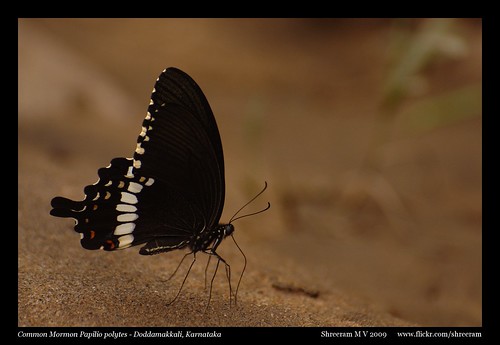
Indian Grey Mongooses were a common sight around the camp. We didn't see any Giant Squirrels or Otters. Chital seemed to be rare, with 2 glimpses in the plateau. A wild boar ran within 50m of us on one of our treks. Bonnet macaques were plenty in the camp.
We were also witness to some very unfortunate poaching activity in the river. We were warily approaching the Fish Eagle in the photograph above to get a close-up shot. Suddenly, a huge "BOOM" ringed through the air. As I regained my senses, I saw poachers on the other bank pulling out dead fish from the river. We later got to hear from the JLR folks that this is a regular occurrence. When they tried to counter the poachers last time around, they were pelted with stones and dynamite.
Things to do:
1) Nature-watching - The best thing to do there!
2) Trek along the rocky shoreline, interspersed with beaches. It's very tiring. Remember to carry a bottle of water with you.
3) Trek up the hill behind the camp. Beautiful landscapes beckon on this trail. A bit slippery in the beginning.
4) Drive up to the plateau and nature-watch.
5) Beach volley-ball.
6) Coracle ride.
How to get there?
Drive to Maddur on the Bangalore-Mysore road. At Maddur, take the diversion towards Kollegal. Drive on the Kollegal road till you see a board on the left-hand side which says Shimsha Hydro-electric project. There is also a smaller board mentioning JLR. Drive down the road till the Shimsha project gate. There's another gate on the right hand side, leading to a mud road, that you'd need to take. Sign into the register there and drive through 8 km of mud road and descending ghat road to get to Doddamakkali.
Things to keep in mind:
1) The camp has limited electricity. There are a couple of electric lanterns and a fan that run at night. You can charge your mobiles and camera batteries in the extension cords there.
2) Very limited mobile connectivity. Airtel works in a couple of places around the camp, sometimes. There is a Reliance coin-operated telephone in the Gol Ghar.
3) The last 8 km drive is on a mud road, with rocks scattered. Please keep your spare tyre in good condition.
List of Birds and Butterflies: Link




